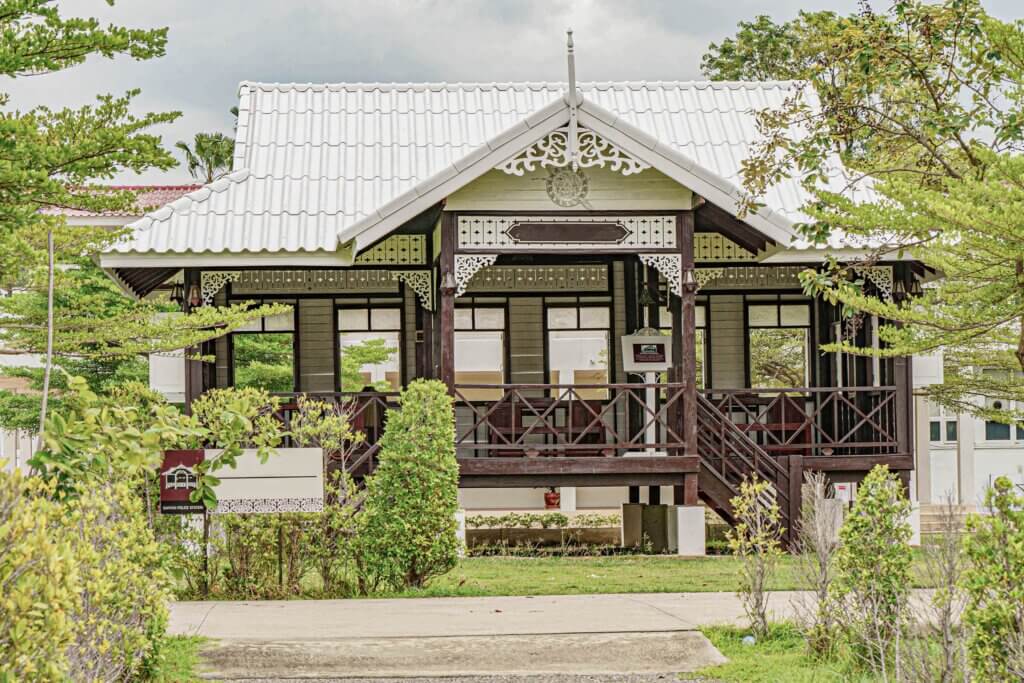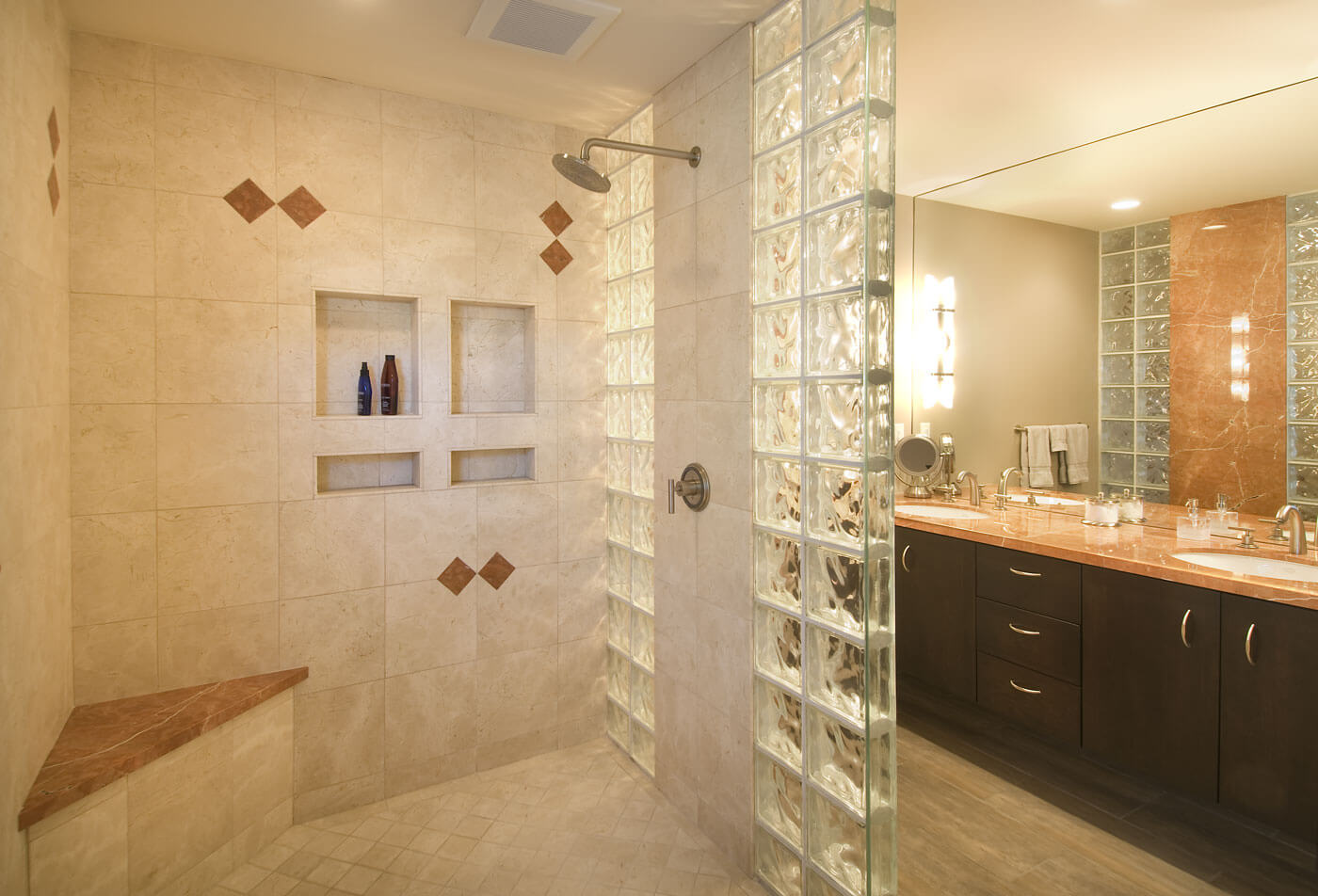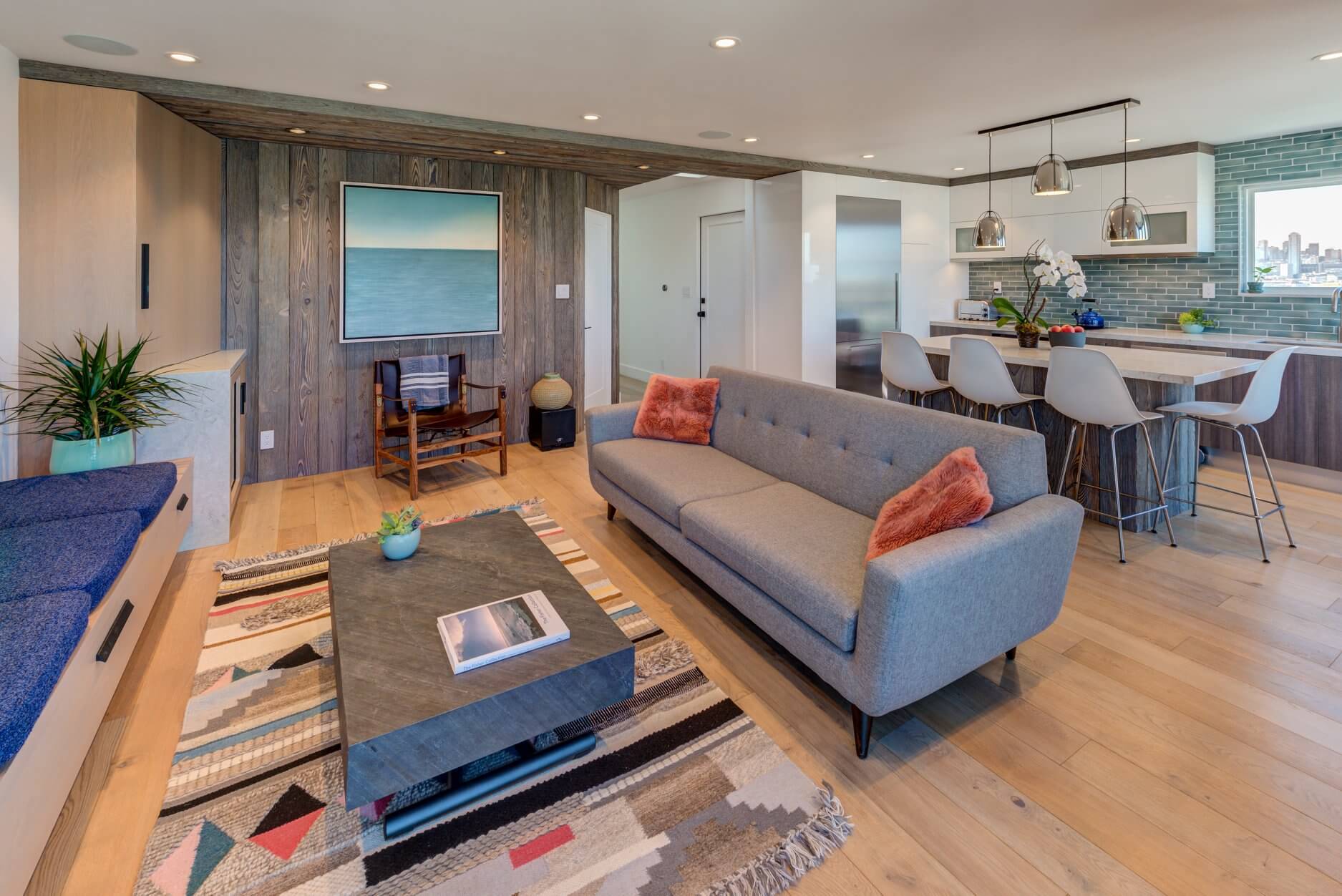
Renovating a historic home is a unique endeavor that demands a delicate balance between modern updates and preserving its intrinsic character. In this post, we provide insightful tips for navigating the renovation of a historic home, ensuring that each update enhances its charm without compromising the essence of its rich past.
Research and Respect: Lay the Groundwork for a Thoughtful Renovation
Before embarking on your historic home renovation journey, delve into its history. Uncover architectural details, original features, and the era-specific elements that define its character. Understanding the essence of your home is the foundation for a renovation that pays homage to its past.
Preserve Original Features: Renovate with an Eye for Authenticity
One of the cardinal rules in historic home renovation is to preserve original features whenever possible. Whether it’s intricate molding, hardwood floors, or vintage fixtures, these elements contribute to the character that makes your home unique. Renovate with an eye for authenticity, restoring rather than replacing.
Seek Professional Guidance: Work with Historic Renovation Experts
Navigating the complexities of renovating a historic home often requires specialized knowledge. Collaborate with professionals experienced in landmark renovations, such as architects, contractors, and preservationists. Their expertise ensures that your renovation aligns with preservation guidelines while meeting modern standards.
Document and Photograph: Capture the Before, During, and After
Documenting the renovation process is a fascinating journey and a practical step. Capture detailed photographs before, during, and after each stage of renovation. This serves as a visual timeline but also aids in preserving the historical record of your home’s transformation.
Salvage and Repurpose: Breathe New Life into Historic Materials
Renovating a historic home often involves addressing outdated or deteriorating materials. Instead of discarding them, consider salvaging and repurposing them. Vintage doors can become statement pieces, and reclaimed wood can find new life as custom furniture. This approach preserves history and adds unique character to your renovated space.
Navigate Local Preservation Codes: Understand Regulatory Guidelines
Local preservation codes play a crucial role in historic home renovations. Understand your area’s regulatory guidelines and ensure that your renovation plans align with these codes. Working in harmony with local preservation requirements safeguards both the character of your home and the integrity of your renovation.
Period-Appropriate Updates: Blend Modern Comfort with Historical Aesthetics
While renovating, embrace period-appropriate updates that seamlessly blend modern comfort with historical aesthetics. Consider energy-efficient windows that mimic the original design, or install vintage-style lighting fixtures that evoke the charm of a bygone era. This approach ensures a harmonious marriage between the past and the present.
Share the Story: Showcase the Evolution of Your Historic Home
Finally, share the story of your historic home’s renovation. Create a narrative encapsulating the journey from research and restoration to the final transformation. Whether through social media, a blog, or local historical societies, sharing the evolution of your home becomes a part of its living history.
A Home Renovation that Honors History
Renovating a historic home is a labor of love that requires a nuanced approach. By researching, preserving original features, seeking professional guidance, documenting the process, salvaging materials, navigating local codes, incorporating period-appropriate updates, and sharing the story, you can embark on a renovation that enhances and honors the rich history of your cherished home.



